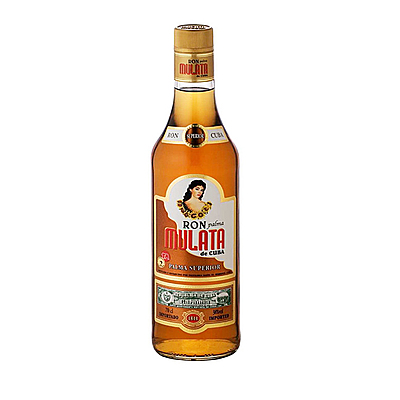Cuba
Cuba, renowned for its pulsating culture, colonial splendor, and legendary music and dance, also stands as a global icon in rum history. While sugarcane first arrived in the 16th century, Cuban rum attained its signature refinement in the 19th century, when Bacardí revolutionized production through innovations in column distillation, advanced yeast selection, charcoal filtration, and oak barrel aging. By the early 20th century, Cuban rum had captivated tourists and entered American markets, gaining fame as prohibition fueled the rise of cocktails like the daiquiri and mojito.
Today, iconic brands such as Havana Club, Santiago de Cuba, Cubay, Mulata, Legendario, and Santero embody the island’s enduring rum legacy. Renowned distilleries, including Havana Club’s Ronera San José, Santiago de Cuba, Varadero, Legendario, and Cubay, invite visitors to discover the intricacies of fermentation, distillation, and barrel aging through immersive tours.
Notably, Cuban light rum, which originated in Santiago de Cuba in 1862, is recognized as a UNESCO Intangible Cultural Heritage, representing a centuries-old tradition passed down from master to apprentice. However, Cuba’s rum industry now confronts a severe sugar crisis: production has plummeted from 8 million tonnes in the late 1980s to just 165,000 tonnes in 2025. Because Cuban rums depend entirely on locally sourced molasses, this shortage imperils both the future of rum production and the island’s global reputation.
































